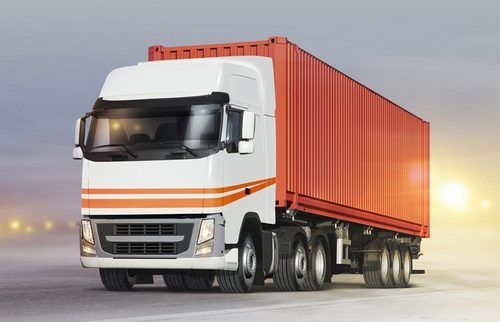KOCHI: The Southern Region Bulk LPG Transport Owners’ Association has referred to an indefinite strike from July 1. They are stressful more jobs for its contributors than allotted by the oil advertising and marketing businesses.
The association that owns 5,500 tankers in South India will stop the everyday provider of 125 LPG bullet tankers from Mangaluru to a few essential cooking fuel providers in Kerala – Indian Oil Corporation (IOC), Bharat Petroleum Corporation Limited (BPCL), and Hindustan Petroleum Corporation Limited (HPCL).
Meet fails to attain a consensus.
On Wednesday, a meeting among oil employer officials and bullet tanker lorry proprietors didn’t reach an agreement. It is learned that the oil corporations rejected all the demands of the tanker proprietors. “The oil agencies have introduced several new norms for soft strategies. We are soliciting for just two hundred new jobs for our contributors, and the government is not prepared to accept our call for,” said N R Karthik, secretary of the LPG Transport Owners Association.
LPG terminal at Puthuvype
The IOC government said if they had completed the LPG import terminal challenge at Puthuvype, the tanker lorry proprietors could not have threatened with a strike. The undertaking would have reduced the dependence on road movement for LPG. The assignment is presently on keep because of the protest of the area people.
Cooking fuel delivers probably to be hit.
Sources with the IOC, the biggest distributor of cooking gas in Kerala, stated they might not supply LPG cylinders within the country if the strike goes on for more than three days. “We can control the cooking gas delivery for the first three days of the strike as we have enough stocks for the one’s days at our terminals in the state. But if the strike is going on for more than three days, the scene can be distinctive. We do not have good LPG cylinders,” a top legit with IOC, Kochi, said. IOC bottles 1600 lots of LPG every day, of which Kochi refinery materials two hundred lots. “For the remaining, we depend on the tanker lorry supply,” the respectable stated.
Google and Apple loom so hugely over the digital mapping sector that it’s comprehensible why it can seem they constitute the beginning and the end of this market. But the demands of a wide variety of offerings such as efficient vehicles and intelligent cities are giving upward thrust to a new technology of mapping competition who are pushing the limits of innovation.
The essential mapping method utilized by the two giants, blending satellite imagery and fleets of cars roaming the streets, is turning archaic and too sluggish to satisfy the fast-moving desires of agencies in regions like ecommerce drones and kinds of mobility. These offerings regularly have exact wishes that require actual-time updates and a long way more precious records.
To cope with these challenges, new mapping companies are turning to synthetic intelligence and crowdsourcing, among other matters, to supply ways more complex geodata. This increasing diversity and competition is the catalyst behind a global mapping marketplace that is developing extra than eleven% annually and is anticipated to be worth $eight—76 billion using 2025, in keeping with Grand View Research.
“It’s an exciting time to be constructing a mapping organization due to the fact the arena is getting connected,” said Alex Barth, head of the vehicle for San Francisco-primarily based Mapbox. “And it creates all styles of new ways of thinking about the place.”
Google Maps prompted a revolution when it turned into launched in 2005. The embeddable, adaptable mapping carrier speedy supplanted then-chief Mapquest, which had constructed its early lead on static maps that furnished instructions. In 2012, Apple broke with Google to create its maps, which were initially regarded as a disaster, though they’ve continued to enhance in first-class.







